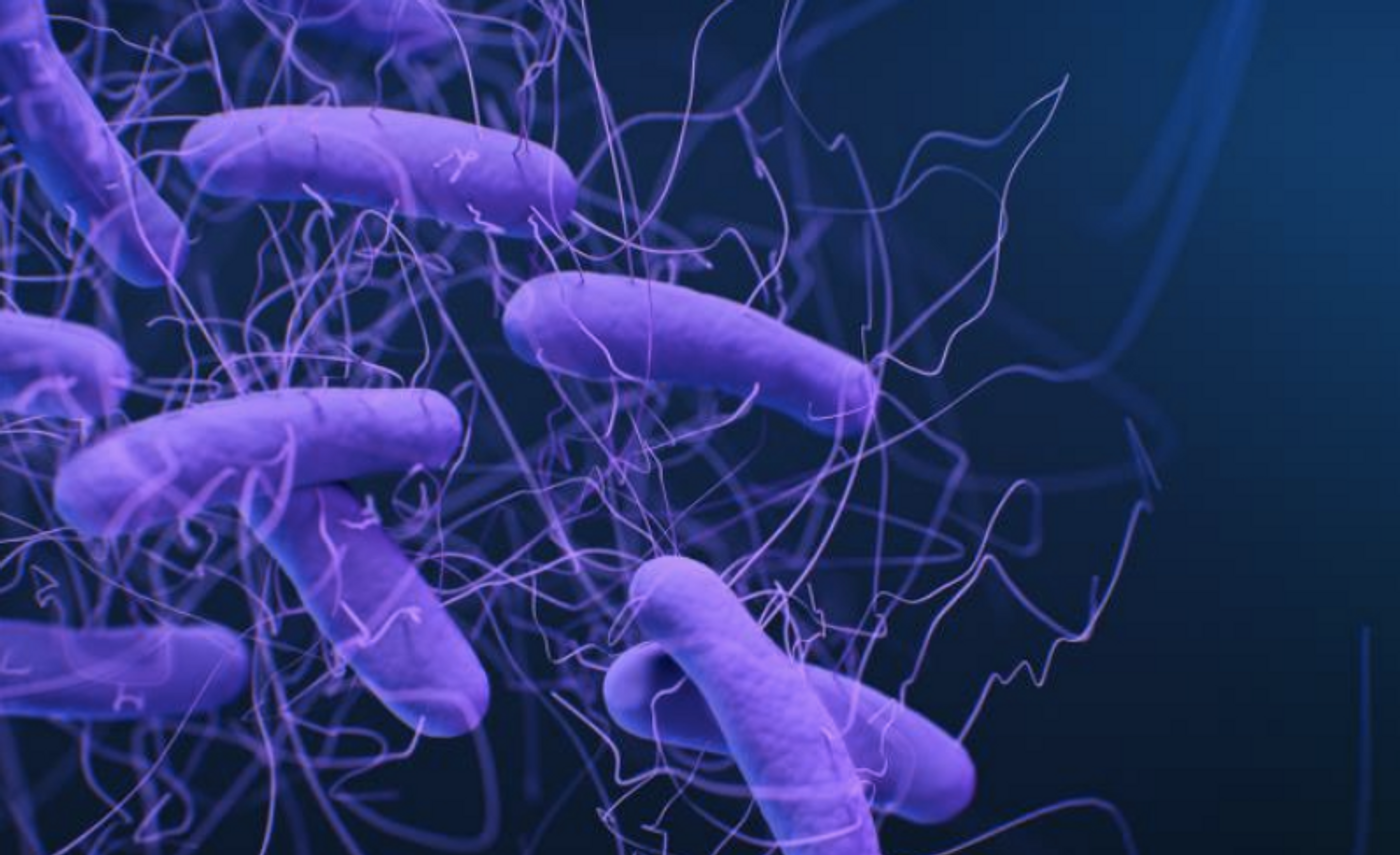Why Two Similar Bacterial Toxins Cause Different Illnesses
The microbial pathogens of the world have shown us how powerful they can be, most recently proven by the current pandemic virus. Infectious bacteria can be dangerous too, and researchers have been trying to learn more about what makes them virulent. New research has analyzed toxic molecules that bacteria can release and which bind to receptors on human cells to cause illness. The work also reveals a mechanism by which pathogens develop a preference for certain organ systems.
Reporting in Cell, the scientists assessed very similar bacterial toxins that cause either diarrhea or fatal toxic shock syndrome. These similar molecules are made by related bacterial pathogens - Paeniclostridium sordellii and Clostridium difficile. The toxins result in very different illnesses by binding to different receptors. The C. difficile toxin binds to a receptor called Frizzled, and the receptor that the P. sordellii binds to was not known - until this study.
"I always think of bacterial toxins as fascinating machines of death in how they find new ways to enter host tissue," said the study co-leader, Mikko Taipale, an assistant professor of molecular genetics in the Donnelly Centre for Cellular and Biomolecular Research at the University of Toronto (U of T).
Both P. sordellii and C.difficile can be found in the human gut and the female reproductive tract. Though P. sordellii infections are rare, they can happen when the bacteria get into the bloodstream and spread to other organs, and they are fatal. It is not yet known why they can live harmlessly in some people and cause deadly illness in others.
In this study, the researchers searched for the receptor that the P. sordellii toxin binds; they began by systematically eliminating genes, one by one, in human cells, and seeing which survived exposure to the toxin. The ones that did had no semaphorins, which are cell-surface proteins. Further study confirmed that Semaphorin6A and Semaphorin6B are the receptors for the P. sordellii toxin.
The Semaphorin6A and Semaphorin6B receptors can be found in the lungs, and semaphorins are also located on nerve fiber projections. They have no structural similarity to Frizzled.
"Here we have two toxins that are so similar to each other, but they use completely different receptors," said Taipale. "We did not expect to find that."
It seems that the two toxins have a very different region near their middle section, where they link up with their receptor. The scientists identified a 15 amino acid portion that could change the binding preference from the Semaphorins to Frizzled.
"We were floored when we saw that the toxins shared a surface each evolved to uniquely interact with distinct cells," said study co-leader Jean-Philippe Julien, an associate professor of biochemistry at U of T.
The researchers were also able to stop a P. sordellii infection in a mouse model when they injected the mice with purified semaphorin fragments and the P. sordellii toxin at the same time; the fragments bound to the toxin and neutralized its effects.
Sources: AAAS/Eurekalert! via University of Toronto, Cell




![WGS for rare disease diagnosis [eBook]](https://d3bkbkx82g74b8.cloudfront.net/eyJidWNrZXQiOiJsYWJyb290cy1pbWFnZXMiLCJrZXkiOiJjb250ZW50X2FydGljbGVfcHJvZmlsZV9pbWFnZV84MmRlM2UyYjA5M2Q3ZTYwOTI3Zjc1YTRjOWU2N2RmMjkzMThjMTJkXzI1MDcucG5nIiwiZWRpdHMiOnsidG9Gb3JtYXQiOiJqcGciLCJyZXNpemUiOnsid2lkdGgiOjcwMCwiaGVpZ2h0IjozNTAsImZpdCI6ImNvdmVyIiwicG9zaXRpb24iOiJjZW50ZXIiLCJiYWNrZ3JvdW5kIjoiI2ZmZiJ9LCJmbGF0dGVuIjp7ImJhY2tncm91bmQiOiIjZmZmIn19fQ==)




